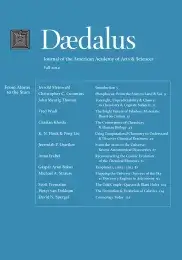Using Computational Chemistry to Understand & Discover Chemical Reactions
Chemistry, the “science of matter,” is the investigation of the fabulously complex interchanges of atoms and bonds that happen constantly throughout our universe and within all living things. Computational chemistry is the computer modeling of chemistry using mathematical equations that come from physics. The field was made possible by advances in computer algorithms and computer power and continues to flourish in step with developments in those areas. Computational chemistry can be thought of as both a time-lapse video that slows down processes by a quadrillion-fold and an ultramicroscope that provides a billion-fold magnification. Computational chemists can quantitatively simulate simple chemistry, such as the chemical reactions between molecules in interstellar space. The chemistry inside a living organism is dramatically more complicated and cannot be simulated exactly, but even here computational chemistry enables understanding and leads to discovery of previously unrecognized phenomena. This essay describes how computational chemistry has evolved into a potent force for progress in chemistry in the twenty-first century.
In chemistry class, we learn that chemists study matter and its properties; they wear lab coats and safety glasses and mix chemicals together and observe the amazing things that happen. But there is no need to go into a chemical laboratory to find chemistry. In fact, chemistry is literally everywhere: it is the thousands of chemical processes that result in the emergence of a growing plant from a seed, the transformation of flower nectar into the flight of a hummingbird, or the conversion in chemical factories of oil from decayed ancient life into polymers that are made into stylish fabrics or spacesuits. How do these things happen? Chemists learn how chemical reactions occur and how to control them for human purposes. In the twenty-first century, computational chemistry plays a major role in chemical discovery.
Before the twentieth century, knowledge about the properties and transformations of matter was gained . . .
